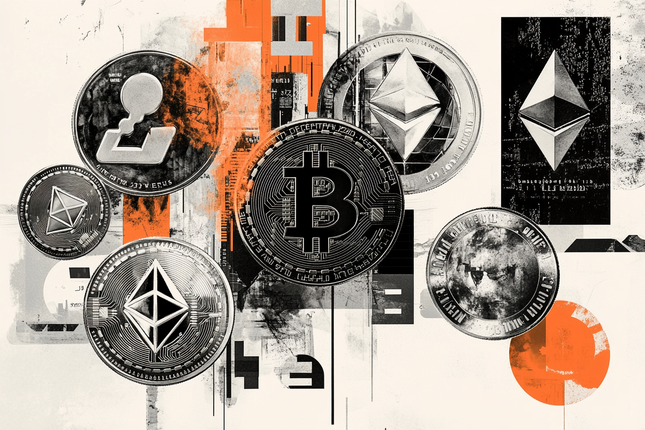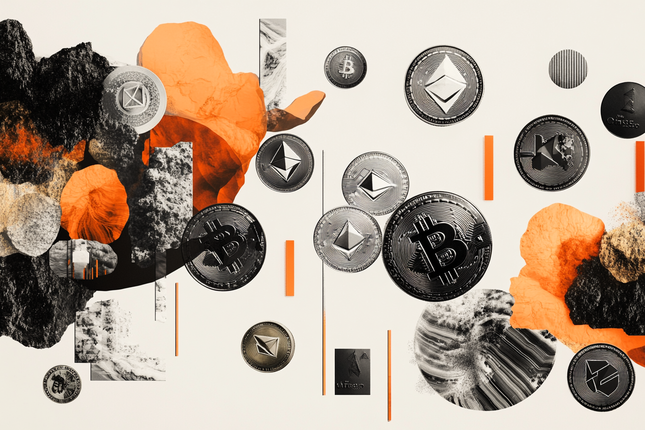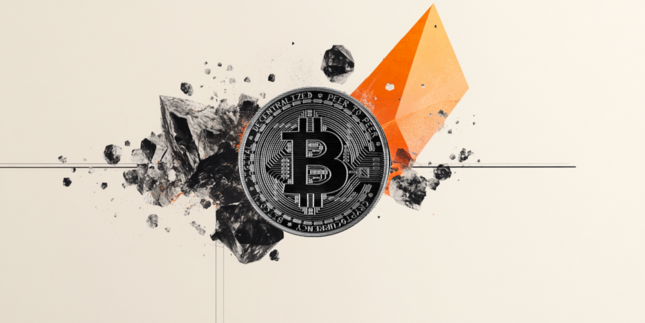Will centralized exchanges continue to provide the regulated environments required for digital assets to evolve into the mainstream, or will the future belong to DEXs?
Decentralized exchanges are undoubtedly an exciting development in crypto. DEXs facilitate the trading of cryptocurrencies directly between users, without the need for a trusted intermediary. This, in turn, allows users to keep custody of their funds.
However, while DEXs have their advantages, they still lack in terms of regulations and scalability, which are key considerations that could determine the future trajectory of the crypto industry. Centralized exchanges will continue to play a pivotal role in this ecosystem, providing the depth of liquidity needed to grow the wider crypto community.
The benefits of centralized exchanges’ KYC for their users
DEXs tend to not be regulated and not require their users to undergo Know Your Customer verification. DEXs may be peer-to-peer marketplaces running on a blockchain and run by smart contracts, but many wrongly believe that DEXs have no liability.
In the current landscape, it will be increasingly unlikely for DEXs to avoid regulations or fly under the radar of regulators, especially as customer protection takes on greater prominence in this space.
Centralized exchanges are ahead in this regard, as they are already subject to regulations and most have KYC verification processes in place. The centralized exchange verification process, for example, is a standardized compliance measure for KYC, Anti-Money Laundering and counter-terrorism financing laws and regulations. These security practices discourage illegal transactions and improve wallet security on the platform.
Providing users with a better and faster trading experience
While growing in popularity, DEXs tend to have lower volume and liquidity than centralized exchanges. Having sufficiently deep liquidity helps centralized exchanges contain big market swings and volatility spikes.
Such deep liquidity can be found on exchanges such as Bitfinex, which has the most depth of liquidity for Bitcoin (BTC) and Ether (ETH). Bitfinex’s underlying strength and depth of liquidity were most evident over a 24-hour period on March 12 and 13 when the price of Bitcoin plummeted by 50%. Bitfinex was reported to have represented the majority of top-tier exchange trading volume across BTC/USD and BTC/Tether (USDT) markets during this period.
While DEXs offer non-custodial solutions and run everything on-chain, the fact that every single order and transaction is made public on-chain leads to a possibility of blockchain node operators frontrunning users’ trades. This can hinder the individual trading experience as well as the growth of the crypto community.
Centralized exchanges will continue to drive crypto adoption
DEXs still have room to grow when it comes to scalability due to its limited capacity.
Some of the fastest blockchains claim to process as many as 50,000 transactions per second. However, this may be misleading, as this metric may not mean a throughput of 50,000 transactions per second across each pair or product listed. If more than one product is listed, the capacity may drop to 500 transactions per second per product.
With more users pouring into DEXs, this may cause delays to the network, increase network transaction fees, as seen on Ethereum, and hinder the scaling of blockchains.
Meanwhile, centralized exchanges have proven to be scalable, high-performance infrastructures, and their connectivity supports a variety of strategies, including high-frequency trading. This allows centralized exchanges to attract professional investors and institutional investments that the crypto industry needs to scale and eventually achieve mass adoption.
In fact, centralized exchanges have even been taking a page out of DEXs’ book and offering features such as non-custodial solutions. Such hybrid solutions allow centralized exchanges to provide a high-performance experience and the benefits of self-custody while remaining compliant with regulations.
As DEXs gradually find their place, it is clear that centralized exchanges will continue to evolve and play a key role in leading the crypto industry and community in the years ahead.
Information on these pages contains forward-looking statements that involve risks and uncertainties. Markets and instruments profiled on this page are for informational purposes only and should not in any way come across as a recommendation to buy or sell in these assets. You should do your own thorough research before making any investment decisions. FXStreet does not in any way guarantee that this information is free from mistakes, errors, or material misstatements. It also does not guarantee that this information is of a timely nature. Investing in Open Markets involves a great deal of risk, including the loss of all or a portion of your investment, as well as emotional distress. All risks, losses and costs associated with investing, including total loss of principal, are your responsibility. The views and opinions expressed in this article are those of the authors and do not necessarily reflect the official policy or position of FXStreet nor its advertisers.
Recommended Content
Editors’ Picks

SEC Crypto Task Force plans to establish digital asset regulatory sandbox
The Securities & Exchange Commission's (SEC) Crypto Task Force met with El Salvador's National Commission on Digital Assets (CNAD) representatives to discuss cross-border regulation and a proposed cross-border sandbox project.

DeFi Dev Corp buys additional 65,305 SOL amid broader institutional interest: Solana price slides below $150
Solana (SOL) price faces growing overhead pressure and slides below $150 to trade at $148 at the time of writing on Thursday. The sudden pullback follows the crypto market's edging higher on improving investor sentiment, which saw SOL climb to $154 on Wednesday.

Uniswap Price Forecast: UNI whale moves 9 million tokens to Coinbase Prime
Uniswap (UNI) price hovers around $5.92 at the time of writing on Thursday, having rallied 12.8% so far this week. According to Wu Blockchain, data shows that the address potentially related to the Uniswap team, investor, or advisor transferred 9 million UNI to the Coinbase Prime Deposit on Thursday.

Tron DAO announces $70B USDT supply: Here's how TRX price could react
TRON’s USDT circulation just surpassed $70 billion, signaling rising network utility as TRX price approaches a technically significant breakout. On Wednesday, TRON DAO confirmed that the circulating supply of Tether (USDT) on its blockchain has surpassed $70 billion.

Bitcoin Weekly Forecast: BTC holds steady, Fed warns of tariffs’ impact, as Gold hits new highs
Bitcoin price consolidates above $84,000 on Friday, a short-term support that has gained significance this week. The world's largest cryptocurrency by market capitalization continued to weather storms caused by US President Donald Trump's incessant trade war with China after pausing reciprocal tariffs for 90 days on April 9 for other countries.

The Best brokers to trade EUR/USD
SPONSORED Discover the top brokers for trading EUR/USD in 2025. Our list features brokers with competitive spreads, fast execution, and powerful platforms. Whether you're a beginner or an expert, find the right partner to navigate the dynamic Forex market.